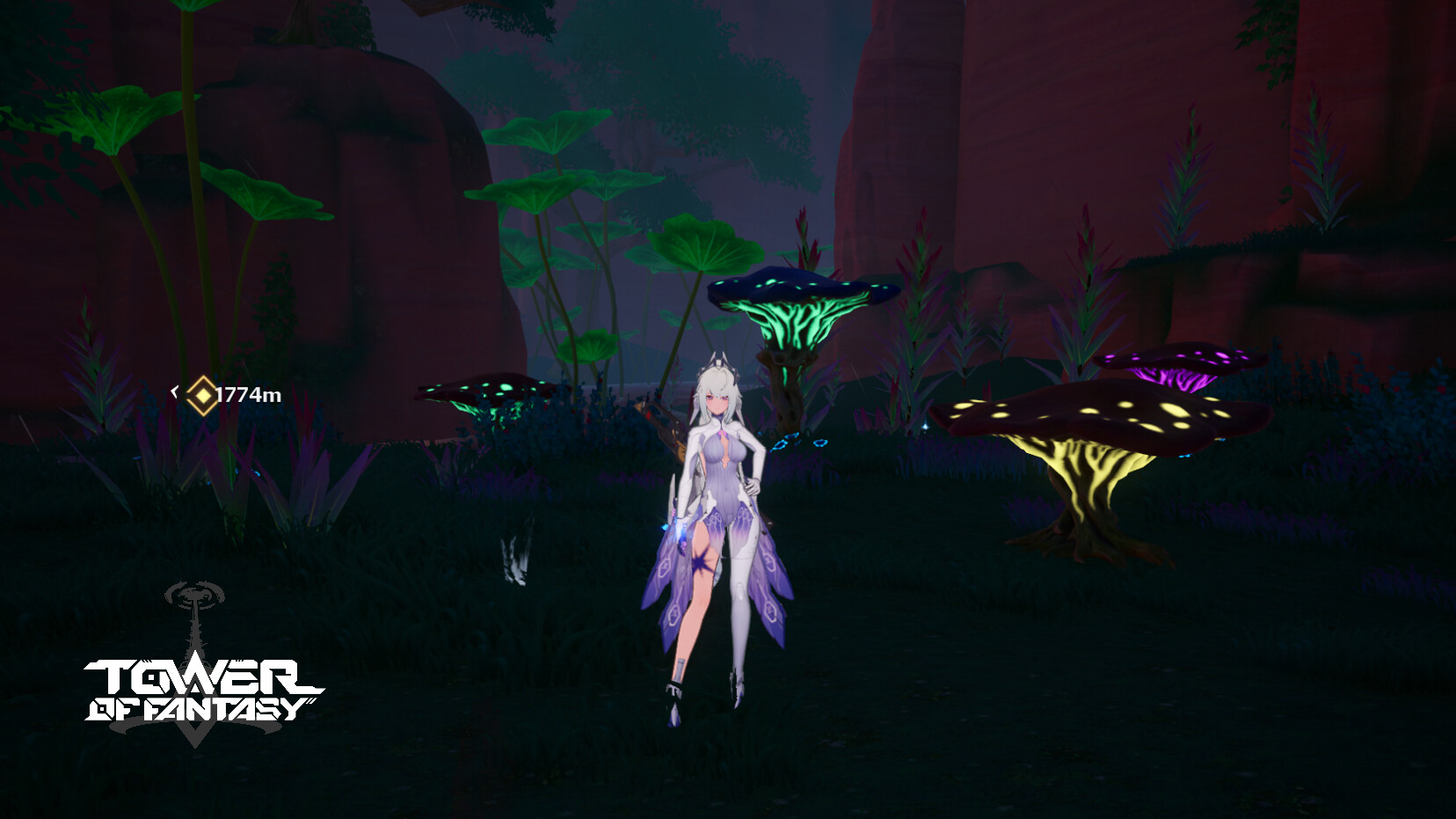Echoes of Collapse
Every step through the fractured zones of Vera or the silent vaults beneath Innars is a choice carved in static and scar tissue. The wind doesn't carry air—it carries data decay, corrupted by failed simulations and forgotten tech. Light here isn’t safety—it’s a glitch waiting to expose you. Beneath the synthetic sands of Mirroria’s edge or deep within malfunctioning ruins that predate the current cycle, survival isn’t the goal. It’s the side effect of control. You’ll navigate pressure-locked corridors where Aegis turrets reboot without warning, and confront bio-synth constructs running rogue from protocols no one remembers how to override. There is no stillness—only threat buffering between moments. One flicker, one input delay, and the system turns against you. Floorplates collapse, barriers respawn behind you, and threats emerge not from sight—but from prediction errors you've left in your wake. Instinct replaces interface. Memory degrades. Your past deaths leave ghosts in the system—echoes that rewrite the environment to punish what you’ve learned. The terrain doesn’t just react. It remembers. And the deeper you breach, the more the code mutates around your rhythm, testing whether you're a traveler—or a variable that must be purged. You won’t find narrative closure. You’ll find recursive conflict. And with each layer of corruption peeled back, the Architect within—the voice beneath the voice—will whisper through broken HUD signals: not to warn you, but to shape what you’re becoming. Because in this simulation, there is no "end." Just deeper thresholds waiting for someone unwilling to exit.
Enter the System’s Shadow Protocol